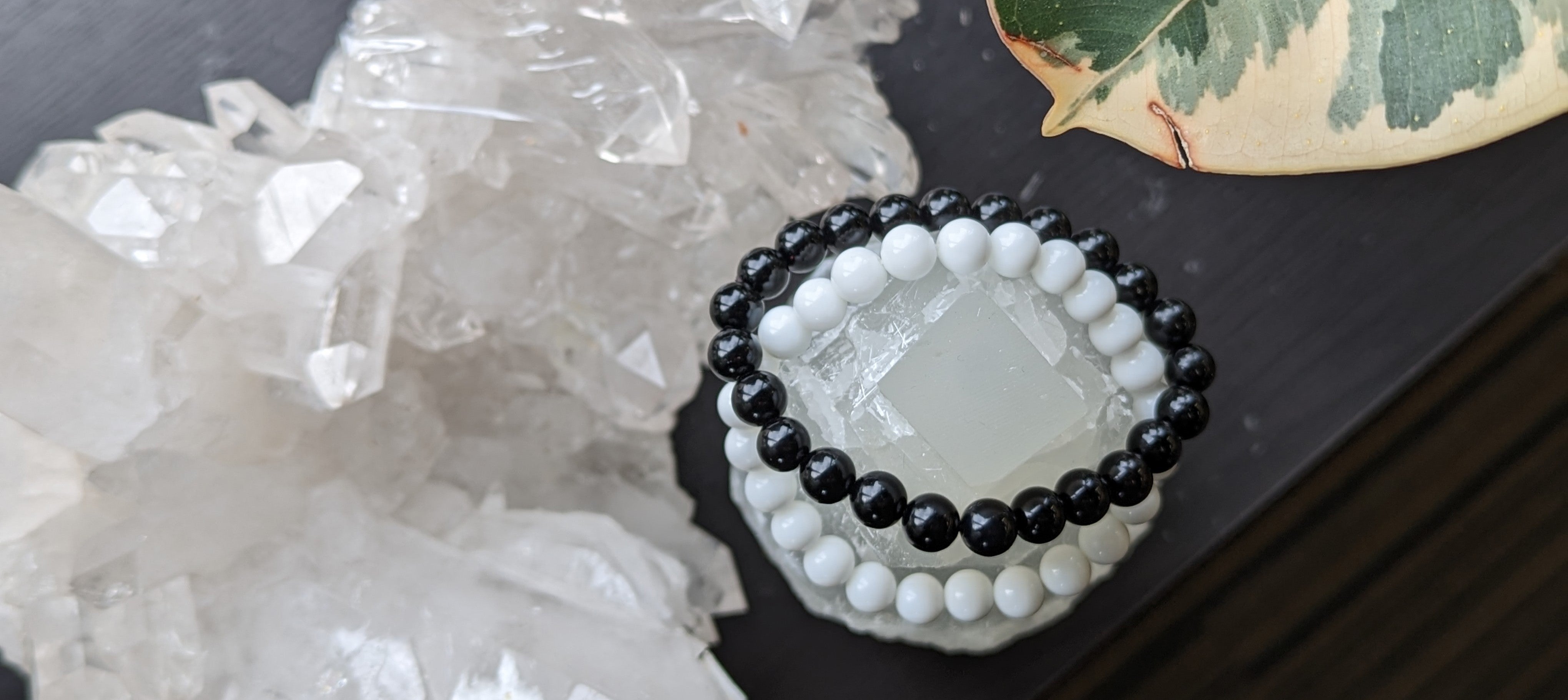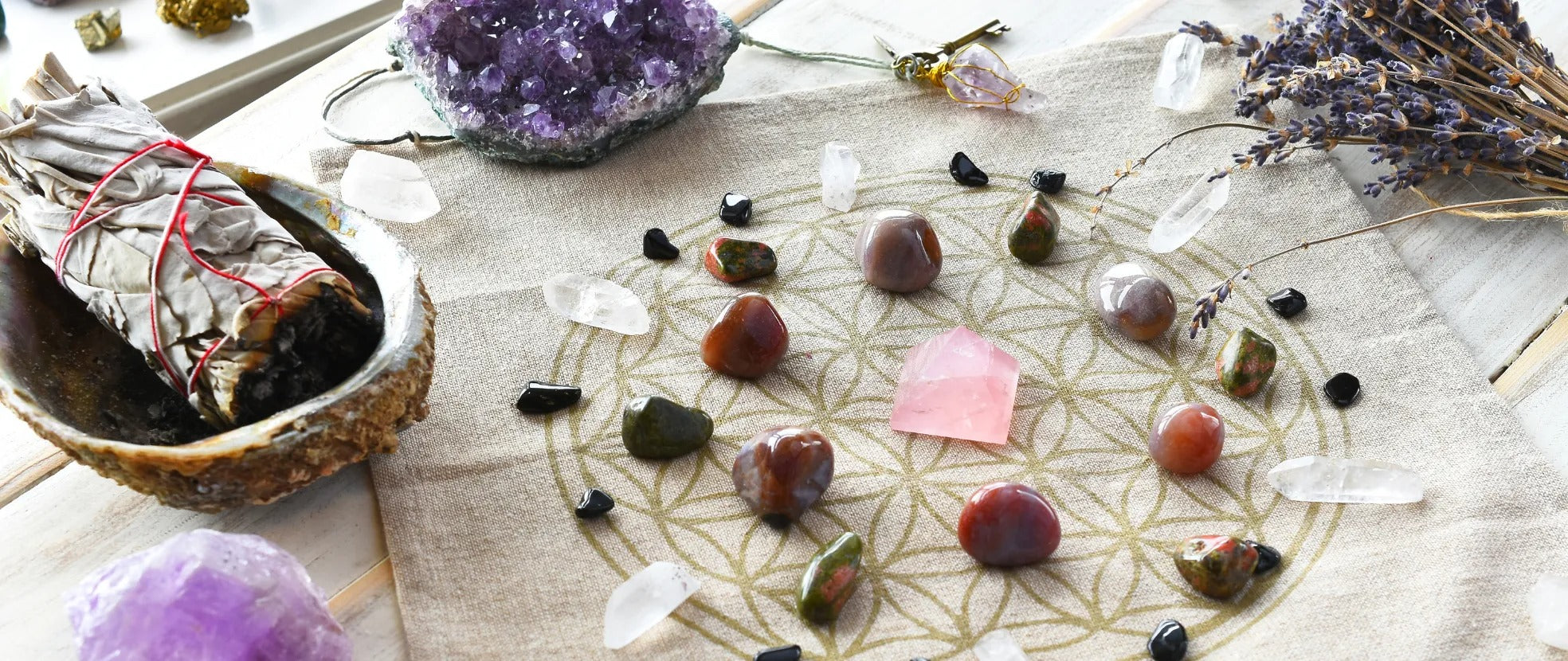Prehnite is typically yellow-green and pale-green, but it can also be colourless, white, grey, yellow, and bottle green. Named after Colonel Hendrik von Prehn (its discoverer), this gemstone is transparent to translucent with a pearly, waxy, or vitreous lustre. It is found in South Africa (central locality), China, Australia, Scotland, and the USA. Prehnite is a collection mineral occasionally used for ornamental purposes.
The Physical Properties of Prehnite
Prehnite belongs to the Phyllosilicate sub-class of minerals - a calcium aluminum silicate hydroxide with an orthorhombic crystal system that usually occurs in stalactitic, granular, or botryoidal habits. However, it can sometimes form tabular, pyramidal, and colourful crystals. Prehnite shows a unique mother-of-pearl (pearlescent) effect, and even though it's a common mineral, the gem variety is considered rare. It exhibits 6-6.5 hardness on the Mohs scale, meaning that it is a tough gem suitable for high-quality jewelry. Another attractive characteristic is its ability to glow in the sunlight and exhibit a moonstone (cat's eye) effect due to its radial-fibrous structure.
The History of Prehnite
Prehnite was named in 1788 by a Geologist, Abraham Gottlob Werner. He named it in honour of Hendrik von Prehn (Dutch Colonel) who discovered the mineral in 1774 at the Cape of Good Hope (South Africa). The Colonel was a governor of the Cape of Good Hope, and a mineral collector and naturalist who brought prehnite to Europe. It is one of the first minerals to be named after a historical person.
The Lore of Prehnite
Shamans in South Africa thought that prehnite helped them to take the best decisions to guide their tribe. In Australia, the Aborigines believed that the mineral could absorb and stock the sun's energy and beam during the night to warm up as well as ward off night creatures. Prehnite has been said to heal problems in the chest, lungs, shoulders, thymus gland, kidney, and bladder. Some Shamanistic traditions treat prehnite as a sacred stone because of its ability to vibrate rapidly between the invisible and visible planes of existence. In the past, these stones have been used to increase the strength of dream recall after awakening. People used to take their prehnite stone before going to sleep and ask it for help to induce and prolong their lucid dreams.
The Metaphysical Properties of Prehnite
Overall, prehnite is a stone of inner knowledge, unconditional love, and can positively impact one in stressful situations. It can change our perception of what's important and reminds us to prioritize. Furthermore, prehnite is a stone of recollection and memory. It is capable of bringing peace and calm by enhancing one's protective field.
It is believed to be very helpful for those who couldn't let go of material possessions. People who hoard love or possessions do so due to a deep feeling of deprivation (typically coming from past life experiences where they may have experienced a lack of respect or poverty). Also, prehnite emphasizes the need for personal evolution, spiritual growth, and alignment of own energies with the Divine. It brings the ability to recognize the truth, improves intuition, and helps harmonize the will for action with the heart to coordinate the deeds with the highest goals of one's true nature.





